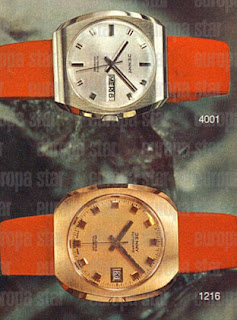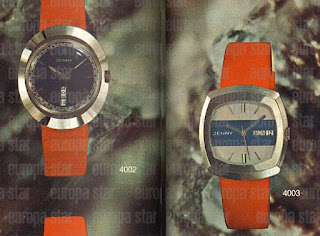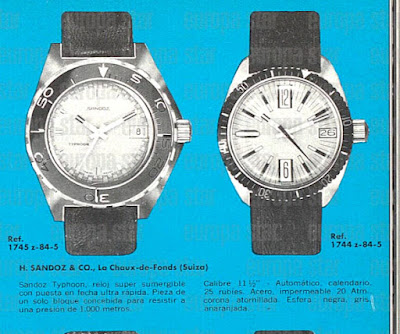By Bruce Shawkey
In 1865, Georges Favre-Jacot, age 22, founded a small watch factory at Le Locle.
The name “Zenith” came to his mind, when he had just developed a movement which seemed to him more perfect than all previous.
Favre-Jacot is credited with inventing the concept of "in house movements," believing that only through control of the entire watchmaking process could the highest quality be achieved.
After the First World War Zenith began developing and manufacturing wristwatches, including alarm and chronographs.
In May 1929, the astronomical observatory in England told the public that out of 19,835 watches from all over the world, a watch by Zenith set a new record with a daily deviation of only 0.6 seconds.
Here are a few Zenith watches from 1937:
We jump ahaead to 1969, when Zenith introduced the El Primero. That same year, Zenith debuted a quartz watch. Also in 1969, Zenith created an automatic chronograph. The automatic chronograph is ubiquitous today, but designing one had proven to be extremely difficult, due to the fact that the automatic winding system and the chronograph gearing occupy the same place in a watch. Within a few months of each other, Zenith, Seiko, and a consortium that included Buren, Heuer, Breitling, and Depràz, all introduced automatic chronograph calibers, each with its own distinct features. Zenith's El Primero is a high frequency movement, beating at 36,000 bph and therefore capable of measuring intervals as short as 1/10th of a second.
Here's ad ad for zenith watches, circa 1969 showing the El Primero:
Due to ongoing naming disputes with the Zenith Radio Company, the company was unable to achieve a sizable market share in the United States. With the popularity of quartz watches increasing, Zenith Radio Company decided to enter the market in 1972 through the acquisition of Zenith. It was during this ownership that production of mechanical movements was halted and the production shifted to quartz movements, a move meant to save the company, but ultimately led to it being put up for sale in 1978.
Dixi, who already had purchased many struggling Swiss watchmakers, purchased Movado-Zenith and put it under the leadership of Paul Castella.
Here are images of some vintage Zenith watches over the years:
 0 0 |
| 18kt, 3-register, manual wind |
LVMH purchased Zenith in November 1999, becoming one of several brands in its watch division, which includes TAG Heuer and Hublot. Julien Tornare is President and CEO.
Here is a bit of trivia:: Mahatma Gandhi owned a Zenith pocket watch with alarm function. On March 5, 2009, the pocket watch along with some of Gandhi's other personal belongings were auctioned by Antiquorum in New York, altogether fetching $2,096,000.
additional Zenith watches from ads:




 0
0















































